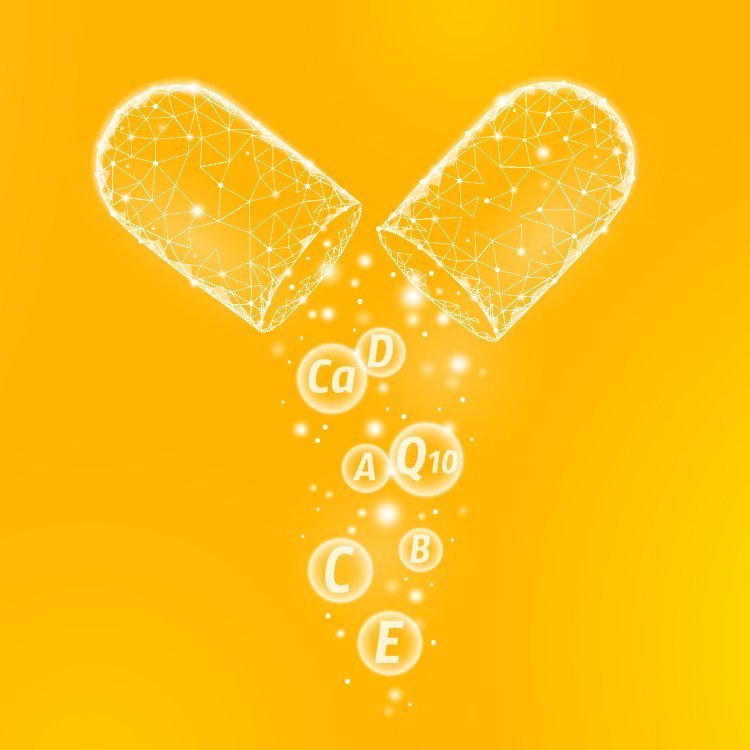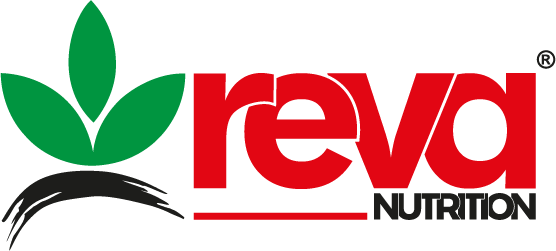Absorption of Vitamins
Absorption of Vitamins
Before being absorbed, vitamins are absorbed by undergoing some changes and by certain mechanisms. In addition, their solubility and chemical forms in feed greatly affect their absorbability. In particular, fat must be present in the environment for the absorption of fat-soluble vitamins such as A, D, E and K. On the other hand, many vitamins can form combinations that cannot be absorbed through the wall of the small intestine, which must undergo some form of digestion in order for them to be absorbed, or at least modified so that they can be absorbed and transferred to the blood. Vitamin A, which is taken in the form of beta carotene or ester from fat-soluble vitamins, is firstly hydrolyzed by pancreatic esterase and is absorbed together with fats. The absorption of vitamin D, unlike vitamin A, is hydroxylated in the enterocyte and passes directly into the blood. Vitamin E is first hydrolyzed in the intestinal lumen and absorbed with fats. Absorption of vitamin K depends entirely on its chemical form. K1 is absorbed by active transport that requires energy but is not sodium dependent, while K2 and K3 are passively absorbed into lipoproteins without any change in the enterocyte. The transport of vitamin B1 from water-soluble vitamins requires a special system and the presence of sodium. B2 is first hydrolyzed by an enzyme at the brush border of the intestine. The released riboflavin molecules are transported in an active way that requires the presence of sodium, and this mechanism is accelerated by bile acids. Vitamin B6 is transported passively. However, the transport of vitamin B12 is completely different. If the amount of this vitamin in the intestine is high, the transport is by passive transport. However, in normal doses, it must form a compound with a special protein (F1 or intrinsic factor) secreted by the gastric mucosa in order to be completely absorbed by protecting it from bacterial activity in the intestine. This vitamin is carried into the cell by attaching to the corresponding receptor on the intestinal membrane in the jejunum and ileum. This process is not energy dependent; however, it requires the presence of divalent ions (Ca++ and Mg++) in an oxygen-free environment. Two different carriers, transcobalamin I and II, are involved in its passage into the blood. Absorption of biotin is similar to glucose absorption, and the carboxyl groups in the side branches must be free to attach to the transporter. Although the absorption of niacin is active, the transport of the amide form is faster than the acid form. The same mechanism applies to pantothenic acid, and transport depends on the availability of both sodium and energy. The absorption of folic acid in feed is by active transport depending on energy in the presence of Folate Binding Protein following hydrolysis in the intestinal environment. Vitamin C, which is not essential for poultry and can be synthesized by the animal itself, is not generally offered in feed. However, under stress conditions that reduce the synthesis of vitamin C and increase the need for this vitamin, it is a practical application to add vitamin C to the diet. The absorption of dietary vitamin C from the small intestine is similar to glucose absorption and occurs by an active mechanism dependent on sodium. On the other hand, in species that cannot synthesize vitamin C, absorption occurs by simple diffusion. On the other hand, the absorption of vitamin C is also related to its amount in the intestines. While low concentrations are rapidly transported, absorption occurs partially in the presence of high vitamin C.

